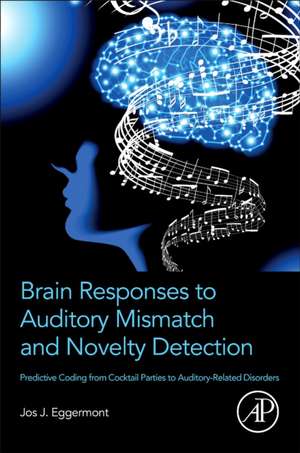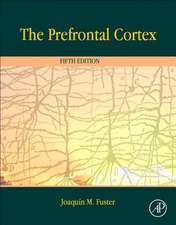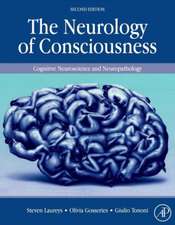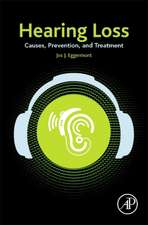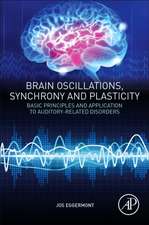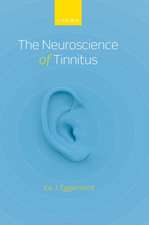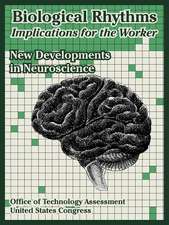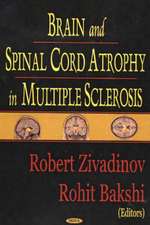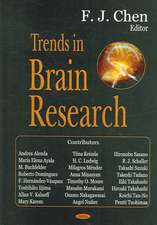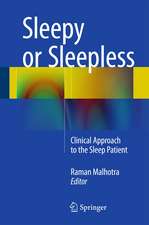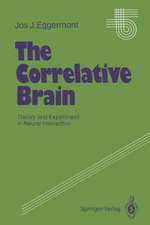Brain Responses to Auditory Mismatch and Novelty Detection: Predictive Coding from Cocktail Parties to Auditory-Related Disorders
Autor Jos J. Eggermonten Limba Engleză Paperback – 12 iul 2023
The book combines animal experiments on adaptation, human auditory evoked potentials, including MMN and their maturational, as well as aging aspects into one comprehensive resource.
- Compares and contrasts animal vs human data
- Provides detailed maturational and aging aspects
- Details the differences between auditory, visual and somatosensory MMN networks
- Reviews predictive coding in various psychiatric disorders
Preț: 724.95 lei
Preț vechi: 941.49 lei
-23% Nou
Puncte Express: 1087
Preț estimativ în valută:
138.74€ • 144.31$ • 114.54£
138.74€ • 144.31$ • 114.54£
Carte disponibilă
Livrare economică 22 martie-05 aprilie
Livrare express 11-15 martie pentru 35.51 lei
Preluare comenzi: 021 569.72.76
Specificații
ISBN-13: 9780443155482
ISBN-10: 0443155488
Pagini: 300
Dimensiuni: 152 x 229 x 26 mm
Greutate: 0.64 kg
Editura: ELSEVIER SCIENCE
ISBN-10: 0443155488
Pagini: 300
Dimensiuni: 152 x 229 x 26 mm
Greutate: 0.64 kg
Editura: ELSEVIER SCIENCE
Cuprins
1. A primer on predictive coding and network modeling 2. Setting the stage: Cocktail parties, auditory streaming, mismatch negativity, and stimulus specific adaptation. 3. Neural adaptation and forward masking along the auditory pathway 4. Animal studies of deviance detection along the auditory pathway 5. Auditory cortical event-related potentials in the human brain 6. Development and maturation aspects of predictive coding 7. Role of event-related potentials and brain rhythms in predictive coding 8. Predictive coding in autism spectrum disorder, attention-deficit/hyperactivity disorder and dyslexia 9. Predictive coding in aging, tinnitus, MCI and Alzheimer’s disease 10. Brain networks involved in deviance and novelty detection. Are they sensory modality specific? 11. Predictive coding in music, speech, and language 12. Network changes underlying neural disorders. Relation to the MMN networks Appendix. A primer on cortical auditory evoked potentials and magnetic fields
